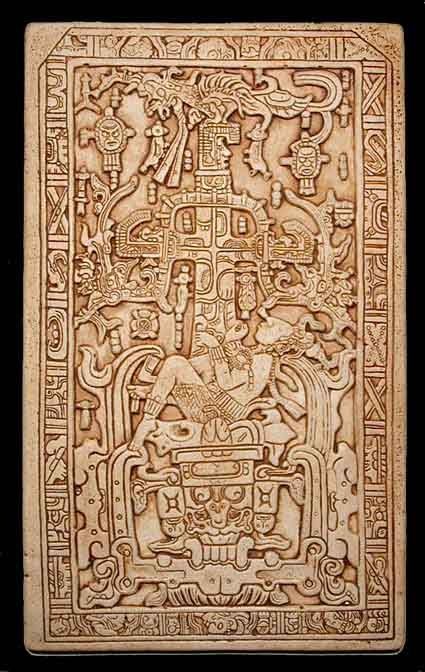There are definitely plenty of explanations for “leaps forward” in science and technology throughout history that are more logical than “aliens did it.” First of all, human ingenuity should never be underestimated, and sometimes technological advancement does happen at an extraordinarily rapid pace. Think of the progress of human flight: less than 70 years passed between the first airplane and the first moon landing. This wasn’t because extraterrestrials taught us how to build rocket ships; the sociopolitical climate of the 20th century simply created circumstances in which these things could be achieved very quickly. Furthermore, the historical and archaeological records can’t give us a complete picture of what has happened during human history, especially not in ancient times. What might seem like “unexpected” progress may have been preceded by a period of development that we don’t have clear records of.

Ancient Aliens and Chariots of the Gods both mention a certain Mayan artifact that is said to support the ancient astronaut “theory.” This is the carved stone lid from the sarcophagus of Kʼinich Janaab Pakal I, a Mayan king who ruled during the seventh century. Supposedly, it clearly depicts an ancient astronaut piloting a spaceship. Erich von Daniken says that “today any child would identify his vehicle as a rocket.” Personally, I don’t think it looks that much like a spaceship; to the layman’s eye, it just looks like a guy sitting on… something, with a bunch of weird stuff around him?

The meaning of the sculpture is pretty clear to archaeologists: it shows Pakal traveling to the underworld. This makes sense, considering that it’s on his coffin. The focal point of the artwork is not a spacecraft, but instead a depiction of the World Tree, which in Mayan mythology connects heaven, earth, and the underworld. The “rocket exhaust” at the bottom of the picture is actually the tree’s roots. The position in which Pakal is sitting, said to resemble the position of modern astronauts inside spacecraft, represents rebirth.
The interpretation of this artwork as depicting space travel is obviously a result of ancient astronaut believers seeing what they want to see, trying to find evidence for their claims in the archaeological record where there is none. Human beings love to see patterns and symbols where there aren’t any; this is known as pareidolia. For instance, when looking at the Pakal carving myself, I noticed that part of it kind of looks like Mojo Jojo from the Powerpuff Girls a little bit. What could it possibly mean?!

